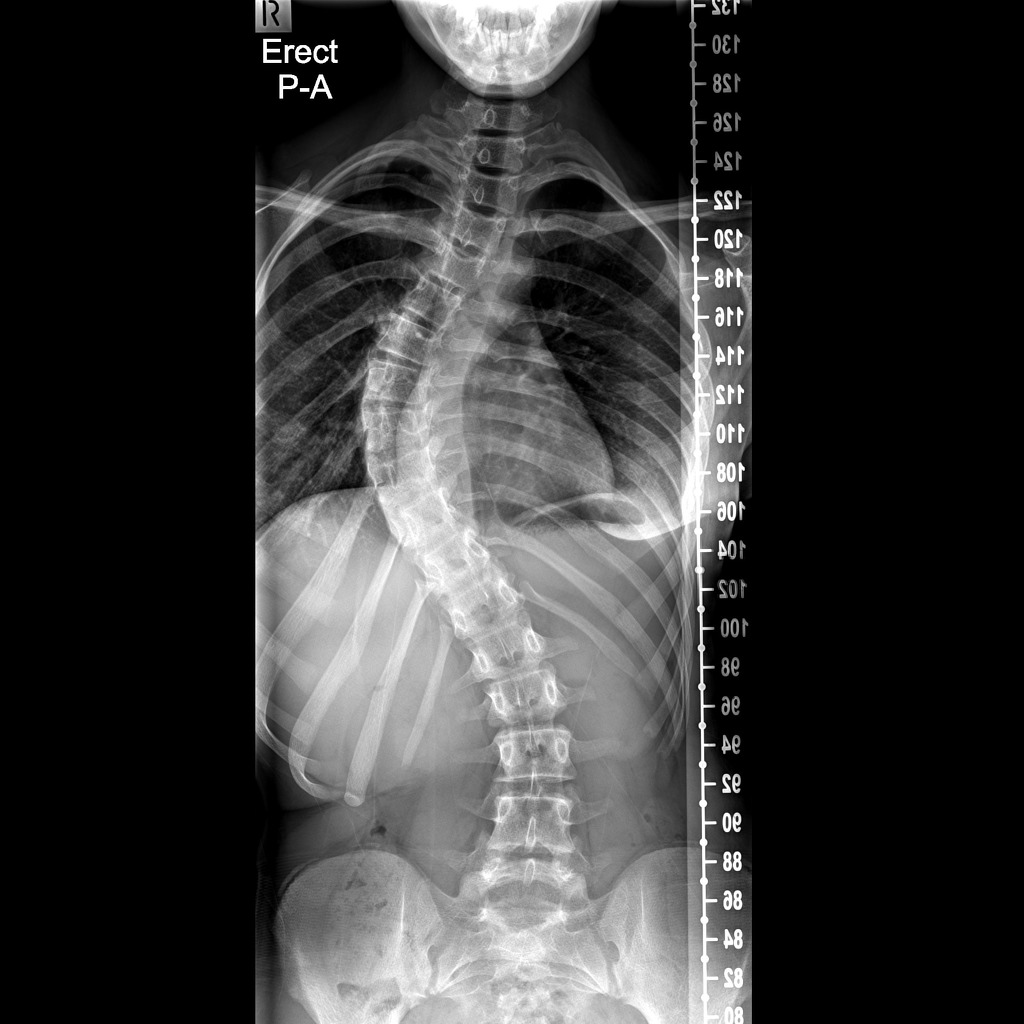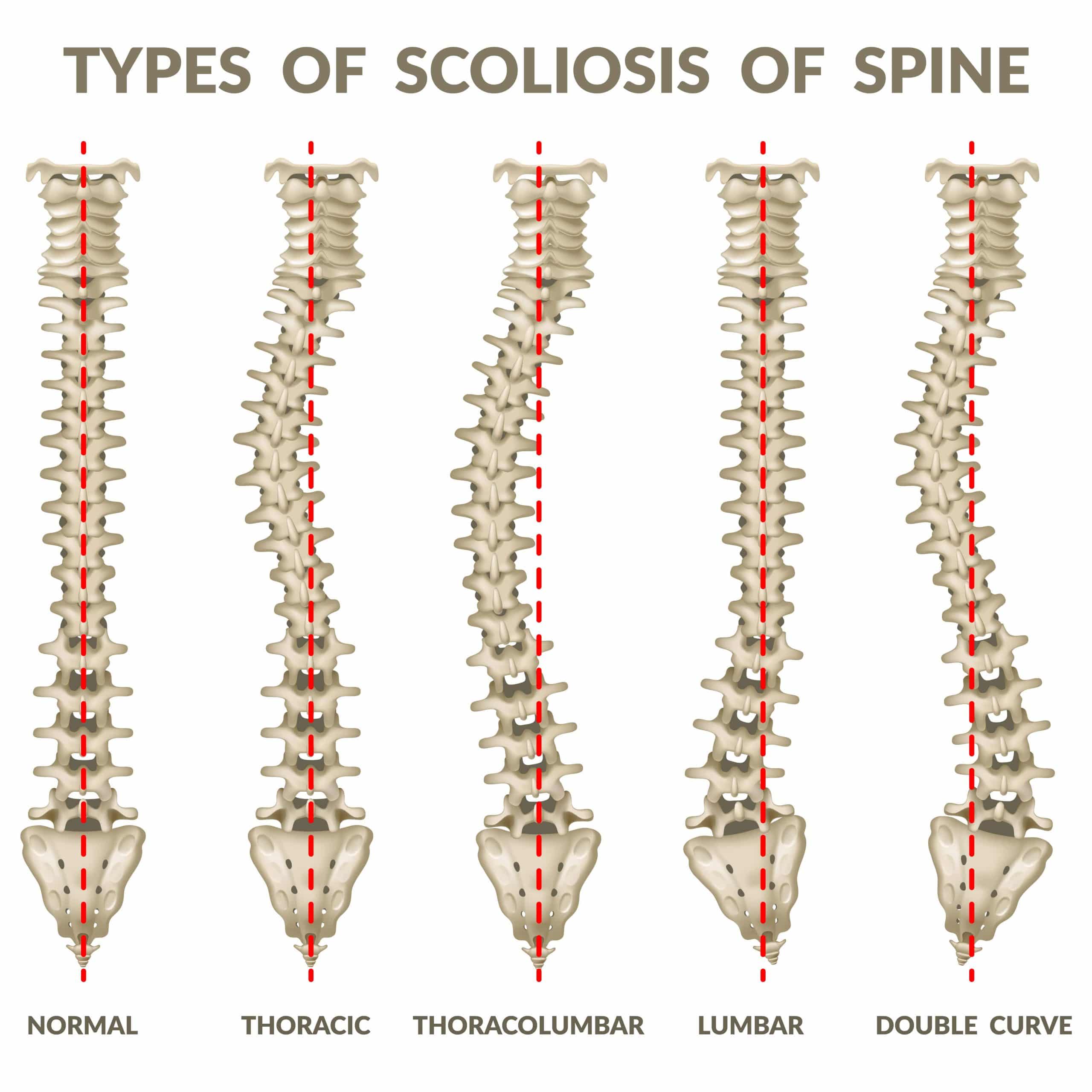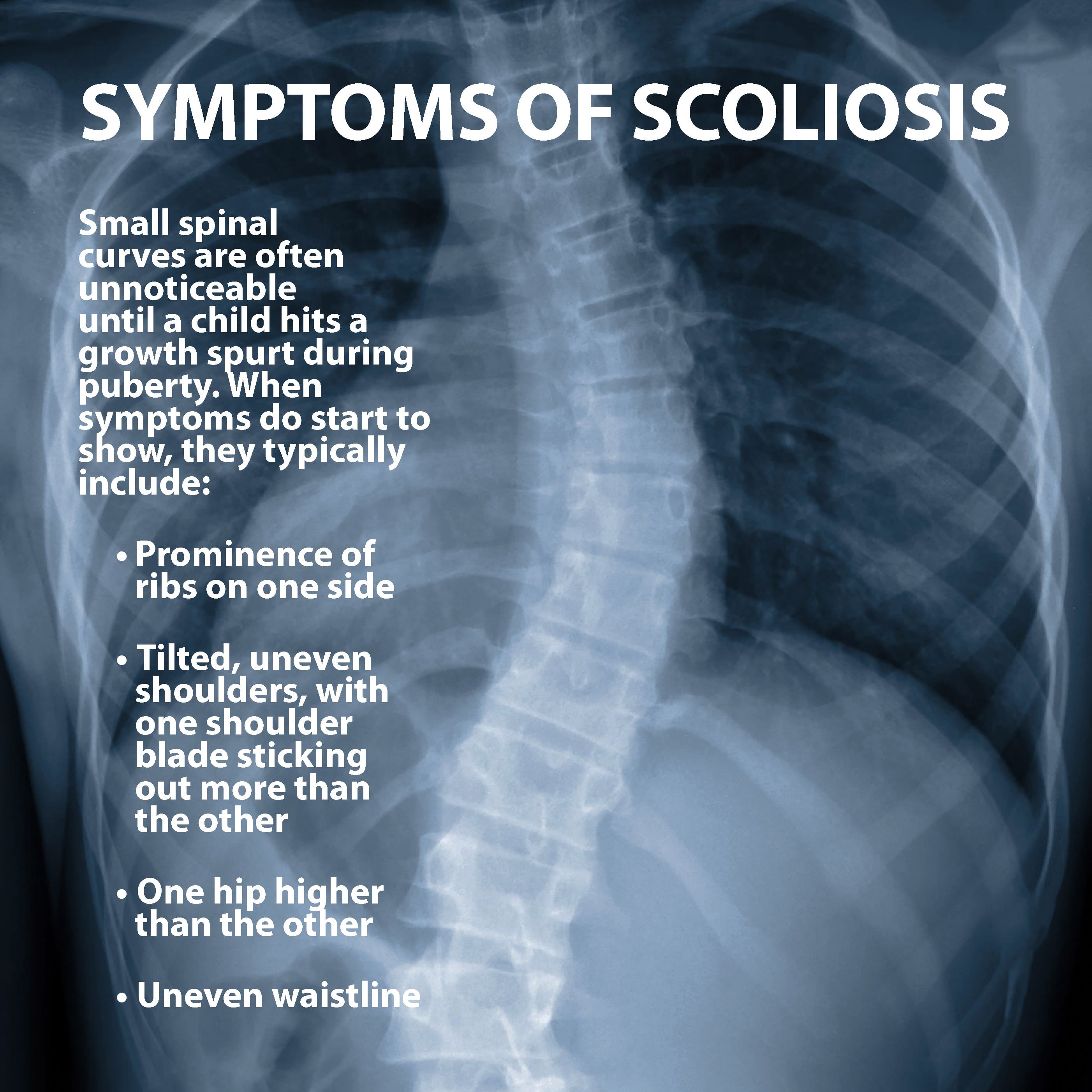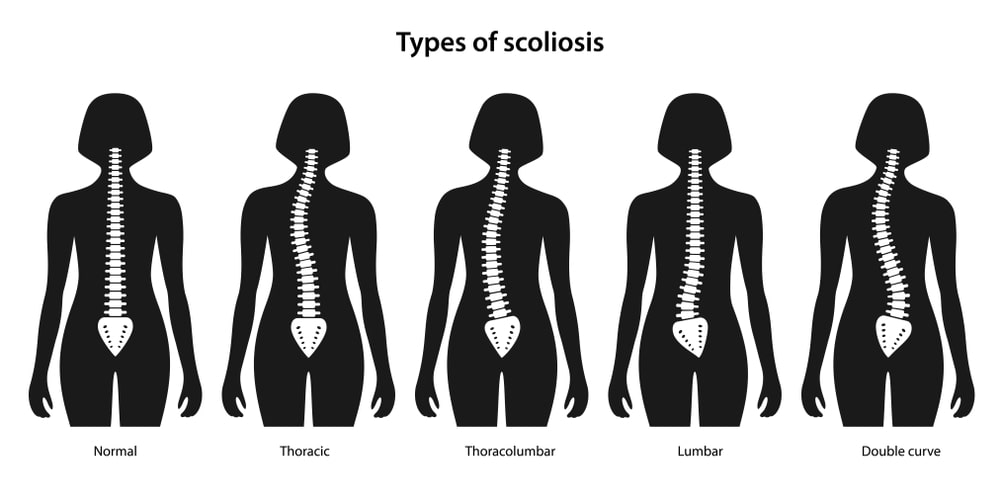
Figure1.Thoracolumbar Spine XRay of the patient demonstrating scoliosis Download Scientific
Thoracic scoliosis is a sideways curve in the part of your spine that makes up your upper and middle back. Thoracic scoliosis is common in children and adolescents, and it can be managed.

The 10 key steps for radiographic analysis of adolescent idiopathic scoliosis Clinical Radiology
Scoliosis is a condition that causes the spine to curve sideways. Neuromuscular scoliosis (NMS) is a type of scoliosis that can occur in children who have medical conditions that impair their ability to control the muscles that support the spine. Common medical conditions associated with NMS include muscular dystrophy, cerebral palsy, and spina.

Scoliosis surgery, before and after. MEDizzy Journal
There are three main causes of scoliosis, thoracolumbar or otherwise: idiopathic, congenital, and neuromuscular. The most common cause is idiopathic, per the Scoliosis Research Society , which.

Preoperative Xray showing right idiopathic thoracolumbar scoliosis. Download Scientific Diagram
Uneven shoulders. One-shoulder blade protruding more on one side than the other. Uneven waistline. Uneven hips. One side of the rib cage protruding more (rib arch) Back pain (more common in adults) Pain is another symptom of thoracolumbar scoliosis, and while scoliosis can cause related muscle pain in patients both young and old, back/radicular.

Thoracolumbar Scoliosis Stock Image M260/0417 Science Photo Library
Thoracolumbar scoliosis is a type of scoliosis affecting the area where your upper and lower back meet, causing a curve in the spine. It can be treated with careful monitoring of the curve, a.

Progression of trunk imbalance in adolescent idiopathic scoliosis with a thoracolumbar/lumbar
2.1. Study design and participants. This prospective, single-center, open-label clinical trial took place from August 2018 to February 2020. The study protocol was approved by the institutional review board of the hospital (B-1805/471-003, B-1807/481-005) and registered on clinicaltrials.gov (Registration number: NCT04012125, NCT04012112).All patients or their legal guardians provided written.

MRI of THORACOLUMBAR SPINE with Scoliosis and Treatment with Metal Rods Stock Image Image of
Treatment. Scoliosis treatments vary, depending on the size of the curve. Children who have very mild curves usually don't need any treatment at all, although they may need regular checkups to see if the curve is worsening as they grow. Bracing or surgery may be needed if the spinal curve is moderate or large.

Thoracolumbar Scoliosis A Condition Characterized By An Abnormal Curvature Of The Spine
Scoliosis is determined when the curvature of the spine measures 10 degrees or greater on an X-ray. Spinal curvature from scoliosis may occur on the right or left side of the spine, or on both sides in different sections. Both the thoracic (mid) and lumbar (lower) spine may be affected by scoliosis. Scoliosis is a type of spinal deformity.

Lumbar Scoliosis X Ray
Thoracolumbar scoliosis is a type of scoliosis, or an abnormal curvature of the spine, that most often affects the thoracic spine and the lumbar spine. The condition is relatively rare, affecting less than 1% of the population. While it can occur at any age, it is most commonly diagnosed in adolescence. Thoracolumbar scoliosis can lead to pain.

Radiology of Scoliosis ProCredits
Less common types of scoliosis may be caused by: Certain neuromuscular conditions, such as cerebral palsy or muscular dystrophy. Birth defects affecting the development of the bones of the spine. Previous surgery on the chest wall as a baby. Injuries to or infections of the spine. Spinal cord irregularities.

Understanding Scoliosis Houston Spine & Rehabilitation
Thoracolumbar spine scoliosis is an unnatural sideways spinal curve that involves both the lower thoracic spine and the upper lumbar spine: a combined scoliosis. Thoracolumbar spine scoliosis is a condition characterized by the lateral curve of the spine in the thoracolumbar region, and understanding how to measure scoliosis can help diagnose.

Thoracolumbar Scoliosis Causes Symptoms Diagnosis And Treatment Hot Sex Picture
Scoliosis is an abnormal side-to-side curvature of your spine. Your spine (backbone) naturally has a slight forward and backward curve. With scoliosis, your spine curves to the left and right into a C or S shape. Most cases of scoliosis are mild, don't cause symptoms and don't need treatment. Severe cases can cause uneven posture and pain.

Posterior Spinal Fusion With Multilevel Posterolateral Convex Disc Releases for the Treatment of
Additional symptoms experienced by some adults with scoliosis. Loss of height (stature). Shortness of breath or quick fatigue. This affects patients with large and progressive curves (over 70 degrees) that compress the lungs. Premature feeling of fullness in the stomach (hunger satiety).

MRI of THORACOLUMBAR SPINE with Scoliosis and Treatment with Metal Rods Stock Photo Image of
Thoracolumbar scoliosis is a medical condition and is a type of scoliosis where the patient has an abnormal curvature of the spine in the thoracic and lumbar segments of the spine, which contains the lower thoracic vertebrae (mid-back) and upper lumbar vertebrae (lower back). Know the causes, signs, symptoms, treatment, diagnosis of thoracolumbar scoliosis.

Anterior Thoracolumbar Surgery for Scoliosis
Scoliosis. Scoliosis affects millions of people around the world and is defined as a sideways curvature of the spine, coupled with spinal rotation. As the spine bends, curves, and rotates in multiple directions, scoliosis is described as a 3-dimensional condition. Scoliosis can develop anywhere along the spine but is most common in the thoracic.
Thoracolumbar xray AP/lateral. Kyphosis, scoliosis of vertebrae (dash... Download Scientific
Background. Limb length discrepancy (LLD) or anisomelia is known to cause pelvic obliquity in the frontal plane resulting in a lumbar scoliosis that is non-structural and non-progressive [1-6].Forty to 60% of children with lumbar scoliosis have been shown to have pelvic obliquity as well [7, 8].This pelvic obliquity may be due to LLD, and both pelvic obliquity and scoliosis have been shown.